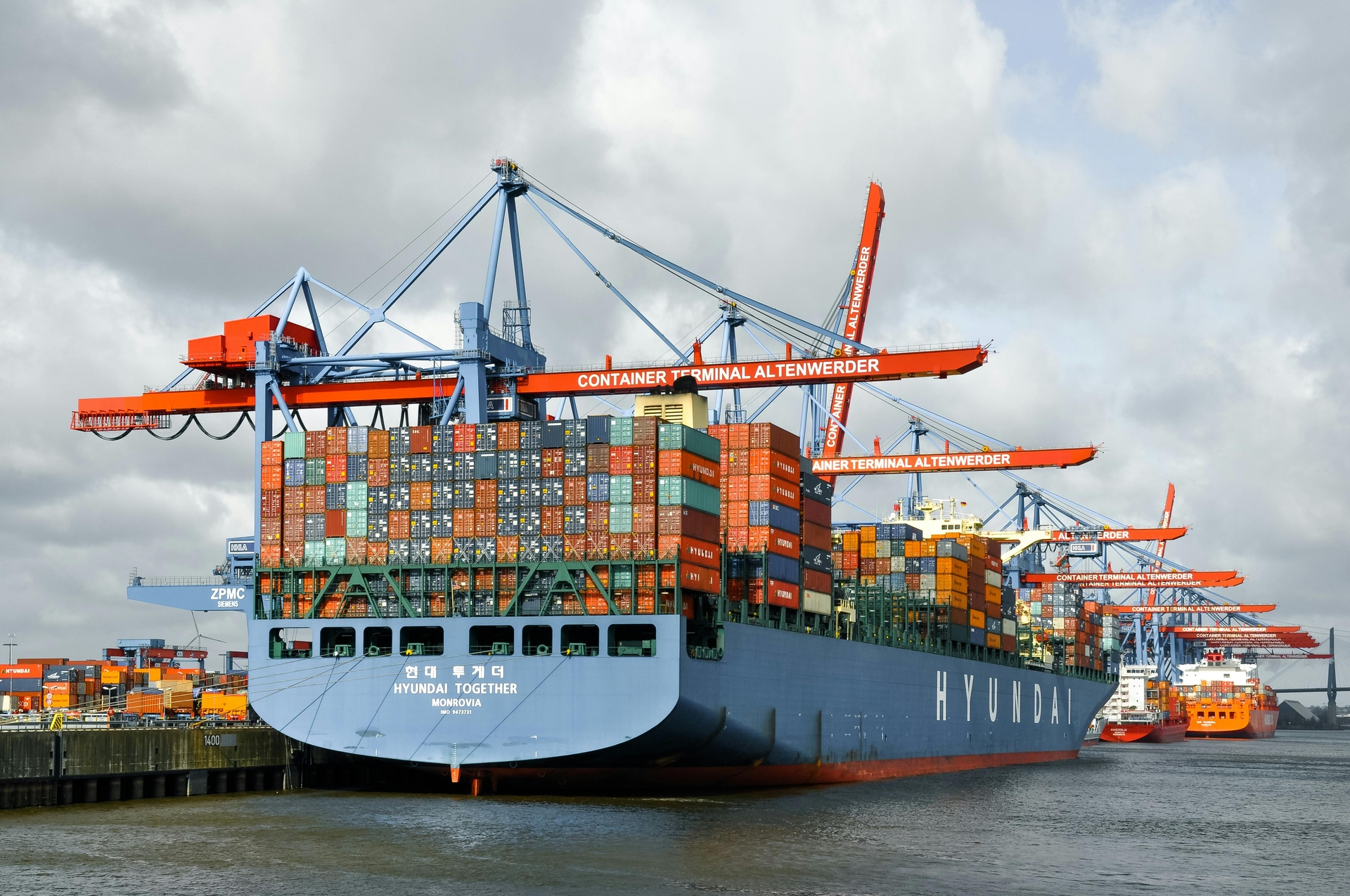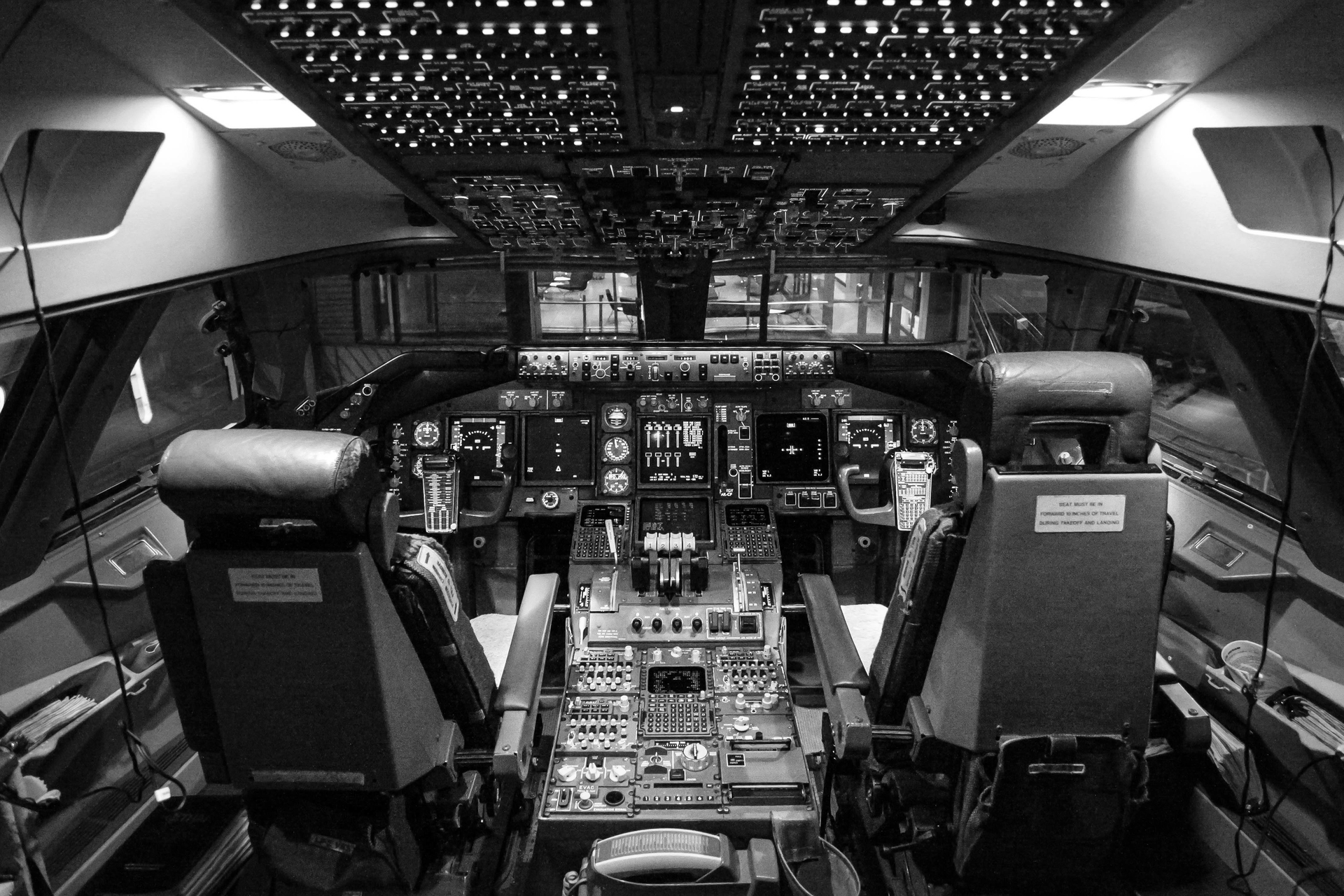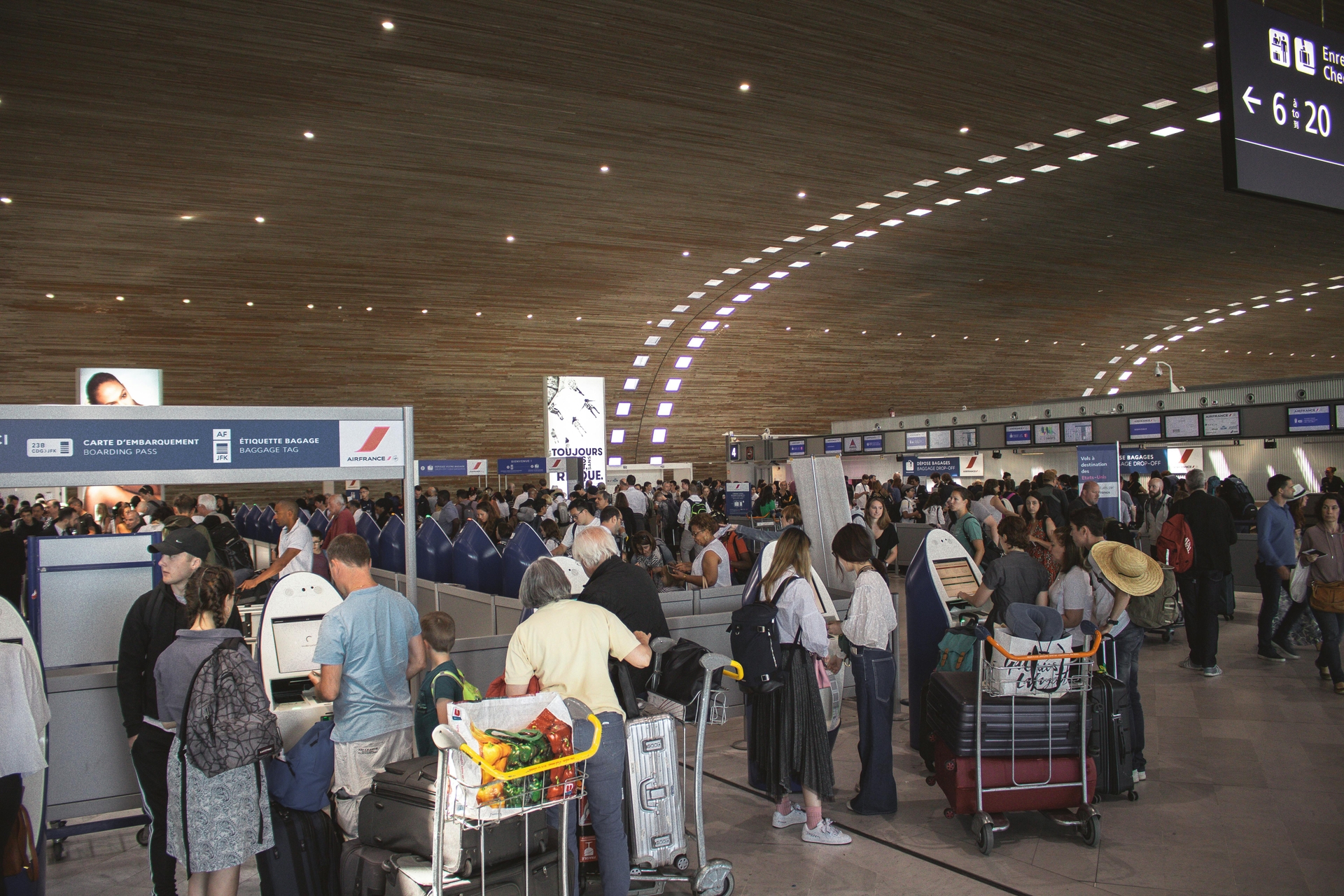
AeroGenie — 您的智能副驾驶。
如何利用人工智能驱动的支出分析精简航空采购成本
八月 18, 2025
采购延误给航空公司带来数百万美元的损失。了解 AI 驱动的支出分析如何帮助航空团队削减成本、避免缺货,并通过快速清晰的洞察进行更明智的谈判。了解如何开始使用。
流程效率低下是常有的事。每个行业都会出现大大小小的失误,最终导致供应链和现金流出现更大的问题。
但对于航空业等敏感且高接触性的行业,其供应网络遍布几大洲,复合效应会更加显著。采购流程效率低下会造成成本的深渊和风险的倍增。
从地缘政治紧张局势到原材料价格波动,航空市场迅速感受到全球冲击。鉴于航空业的关键地位和严格的监管审查,复杂性和紧迫性决定了采购决策,然而,许多航空航天公司仍然在繁琐的电子表格文化中,依靠孤立的数据运作。
人工智能驱动的支出分析已然问世。这项技术已突破初期阶段,并已在主要航空企业中广泛应用。人工智能分析能够识别流程效率低下之处,预测成本波动,并在几分钟内(通常是几秒钟)提供基于数据的采购决策。
本文探讨了航空公司如何利用人工智能来优化采购流程更快、更明智的决策并最终获得胜利。
人工智能颠覆航空业采购的时机已经成熟
行业分析师将航空采购描述为“高风险”、“残酷”。“残酷”或许有些夸张,但并非夸大其词:风险极高。一架飞机上任何一个部件的延误都可能对整个航空公司乃至整个行业产生连锁反应。
当一架飞机停飞或延误时,就会扰乱飞行安全、航班时刻表、MRO 活动和合规审计。
目前,航空公司对任何运营中断基本上都采取防御或被动的态度,但借助人工智能支出分析工具,公司可以采取更具攻击性、更主动的立场。
人工智能系统可以帮助航空公司解决三个长期存在的挑战:
- 复杂的供应商生态系统:飞机生产通常涉及全球采购的数千个零部件。人工智能可以自动对不同系统(甚至是次级供应商)的供应商数据进行分类、映射和合理化。
- 成本波动:预测算法可以检测到价格变化的早期信号,例如商品市场的变化或上游中断,然后在成本飙升之前推荐购买决策。
- 低效的尾部支出:采购团队经常发现一小部分供应商或交易占据了大部分支出(麦肯锡)。80:20 规则很常见,大约 80% 的活动占支出的 20%。人工智能可以整合尾部支出类别,并建议捆绑合同或首选供应商,以减少冗余和流失。
或许最重要的是,人工智能减少了对人类直觉的依赖。机器学习 (ML) 模型可以实时发现异常,无需团队手动标记问题。这种主动方法可以发现隐藏的、非时效性问题,例如合同联盟或重复供应商。
根据普华永道 (PwC) 的研究人工智能的宏观经济影响实施人工智能成本控制的公司,所有运营成本可节省高达 20%。普华永道的研究结果显示,采购是投资回报率潜力最高的领域。(普华永道)。
人工智能驱动的支出分析如何运作
人工智能驱动的支出分析的核心是利用机器学习和自然语言处理 (NLP) 将原始的非结构化采购数据转化为结构化格式,从而提供切实可行的洞察。人工智能可以自动化完成过去需要数月手动进行的电子表格解析和供应商匹配工作。
它通常的工作方式如下:
- 数据提取和规范化AI 平台从多个来源(包括 ERP 系统、发票、合同、目录和电子邮件)提取数据,并将其规范化到一个集中式数据库中。NLP 支出分析工具会标记并匹配相似的术语(例如,“起落架执行器”与“LG 执行器”),从而创建准确、去重复的供应商和类别映射。
- 分类和聚类使用无监督机器学习,可以自动对支出类别进行分类,通常比传统的 UNSPSC(联合国标准产品和服务代码)编码更准确(联合国全球市场)。对于航空业而言,这种精度的提高意味着与常规维护相比,跨 AOG(地面飞机)等系统的零件映射更加紧密。
- 异常检测人工智能模型会突出显示违规行为,例如违规支出、错过批量折扣或价格与合同条款不一致。这些危险信号通常隐藏在尾部支出和中间层供应商关系中。
- 预测分析和规范分析一旦建立了基线模式,算法就可以预测未来的支出趋势,标记通货膨胀风险,并建议采取先发制人的行动——例如在续约周期之前整合供应商或重新谈判合同。
航空特定用例:库存优化、供应商选择和中断预测
有三个影响深远的领域,人工智能分析可以带来即时的投资回报。
1.库存优化
飞机维护团队经常为了“以防万一”而囤积过多的关键部件,导致数百万美元的库存闲置浪费。人工智能可以通过分析使用率、维护计划和供应商交货时间,帮助企业从过高的安全库存转向预测性库存。一项研究发现,在航空航天MRO运营中,基于人工智能的预测可将过剩库存成本降低高达20%(STS航空集团)。
2. 供应商选择和风险缓解
人工智能可以增强供应商的可靠性,通过实时风险信号(例如金融不稳定、地缘政治风险和 ESG 合规性)来支撑较为有限的供应商评分卡。算法还可以根据总成本(而不仅仅是单价)推荐战略采购方案(普华永道)。
3. 中断预测
航空供应链极易受到突发事件的影响,例如关税、疫情和地缘政治冲突。人工智能模型可以根据历史事件进行训练,例如恶劣天气模式、总统政府更迭或海关延误,从而在任何瓶颈出现之前就向采购主管发出警报。
量化投资回报率:人工智能改变采购关键绩效指标
人工智能驱动的支出分析不仅提供理论上的好处,它还能在关键采购指标上带来可衡量的收益。
以下是航空公司正在经历的转型:
- 节省成本使用人工智能进行采购的组织报告称,仅在间接支出类别上,成本就降低了 5% 至 15%,当人工智能应用于尾部支出和合同泄漏时,节省的成本甚至更大(普华永道)。
- 缩短周期时间人工智能通过自动化 RFx 流程(征求建议书、quotations供应商(例如,供应商信息或投标)生成供应商记分卡并显示相关合同条款。曾经需要数月的采购周期现在可以在数周或数天内完成。
- 提高合同合规性人工智能可以快速识别和标记异常支出(偏离谈判条款),有助于更好地执行合规性。
- 提高支出透明度NLP 和分类引擎提高了数据准确性和类别覆盖率,将采购可见性从传统系统的 60-70% 扩展到人工智能系统的 95-99%(类型)。
- 更高的采购投资回报率麦肯锡的研究表明,高级分析可以将采购投资回报率提高 3 倍,投资回收期通常在 12 个月以内,尤其是在航空航天等拥有复杂、高价值供应链的行业(麦肯锡)。
采用障碍以及航空业领导者如何克服这些障碍
尽管人工智能具有明显的优势,但许多航空航天企业在应用方面仍然落后。虽然存在一些真正的障碍,但克服这些障碍并非不可能。
1. 数据碎片化、不干净
许多采购部门都在努力应对遗留系统和孤立的数据源,这使得人工智能的实施变得困难。首先,企业必须专注于数据清理,从高支出类别开始。人工智能工具可以协助进行自动分类和供应商重复数据删除,即使是非结构化数据源,也能有效减少人为错误,加快价值实现速度。
2. 人才和信任差距
采购专业人员通常缺乏数据科学方面的培训,并且对人工智能生成的建议持怀疑态度。跨职能试点项目,包括基层采购团队、数据分析师和财务团队成员,可以揭开人工智能的神秘面纱,建立信心。提升团队使用人工智能工具和解读其洞察的技能,是采用人工智能的关键。
3. 与现有系统的集成
AI 并非必须取代 ERP 或 MRO 系统。云平台可以覆盖现有架构,提取实时数据,并将洞察反馈到采购团队已在使用的仪表板中。这种模块化方法可以减少摩擦,并最大限度地降低前期投资。
4. 安全和合规性问题
航空公司需要处理敏感的供应商合同和专有数据。幸运的是,许多人工智能平台现在提供安全的本地或混合部署模型,并具备完整的审计跟踪和SOC 2合规性. 规避风险的组织可以从在非管制支出领域进行有限的部署开始。
5. 改变管理惯性
变革阻力或许是最大的障碍。人工智能要想成功,必须获得全面的文化认同。为了让团队迈出这一步,公司必须看到自上而下的明显支持,包括中层管理人员的支持,以及清晰的关键绩效指标 (KPI) 和员工激励措施,例如即时奖励或节省时间的福利,以优化绩效成果。
制定路线图:如何开始人工智能驱动的支出分析
航空公司可以通过一些小的改变,在采购中复制人工智能的优势。关键在于从小处着手,保持专注,并快速扩展。
以下是实用的五阶段实施路线图:
1. 诊断当前状态
首先审核您的采购数据状况。确定:
- 数据所在位置(ERP、MRO、电子表格)
- 目前有多少支出是可见和分类的
- 哪些类别的泄漏或成本差异最大
首先关注间接支出和尾部支出,因为这些支出中的合同合规性通常最弱,而成本节约最为直接。
2. 定义用例
AI 并非万能药。明确最初的目标:
- 是为了降低成本吗?
- 改善供应商整合?
- 标记定价异常?
选择具有可衡量的投资回报率 (ROI) 和明确定义的 KPI 的问题。
3. 选择正确的AI工具集
根据您的需要,您可以选择:
- 现成的采购分析平台,例如 Sievo 或 SpendHQ
- 内部开发或与供应商合作开发的定制 AI/ML 模型
- 轻量级 NLP 工具可增强现有的 BI 仪表板
该工具应该能够处理航空特定的分类结构和多层供应商数据,包括零件、可修复部件和长交货周期物品。
4. 试点并完善
在有限的范围内推广 AI 解决方案:一个区域、一个业务部门或一个支出类别。监控用户与工具的交互情况。根据用户反馈和实际购买模式,优化分类引擎和采购建议。
5. 规模化与治理
一旦得到证实,即可在整个组织范围内推广。设置以下治理协议:
- 数据卫生
- AI模型更新
- 绩效追踪
- 财务、采购和运营之间的跨职能所有权
有了正确的基础,AI支出分析就能自我强化。使用得越多,其数据分析和建议就越准确。
未来展望:航空采购的下一个前沿
随着人工智能的不断发展,采购正处于更大转型的前沿。未来的支出分析将不再仅仅关注仪表盘,而更多地关注团队协同决策。
以下是即将发生的事情:
自主采购
预计 RFx 流程将完全自动化。AI 代理将负责创建 RFQ、筛选供应商、协商初步定价,甚至起草合同条款。但最终决定权仍归人类,并有权批准例外情况。
嵌入式 ESG(环境、社会和治理)智能
环境和社会因素将直接纳入供应商评分,标记排放数据不佳或违反监管规定的供应商,使采购与更广泛的企业 ESG 要求保持一致。
动态供应商协作
航空原始设备制造商和一级供应商将不再签订静态的年度合同,而是与供应商进行持续合作,根据实时需求和人工智能预测动态调整交货时间、批量和定价。
采购即服务
最先进的公司可能会将整个采购类别外包给专门管理采购职能的人工智能驱动的采购BPO(业务流程外包)提供商。这些第三方专家利用人工智能来优化采购决策,自动化合规工作流程,并按类别提供有保证的成本节约。
将采购转变为战略成本引擎
航空业并非以快速发展而闻名。虽然人工智能采用这是一个缓慢的过程,但一旦到位,人工智能将为采购计划和其他运营带来无与伦比的速度和远见。
人工智能系统为采购主管提供更清晰的数据,并帮助他们更快速地制定基于事实的标准化决策。利益相关者可以立即了解其供应链中哪些环节出现最大损失,并精准定位成本波动。
无论企业多么渴望,向人工智能驱动的采购转型终究是必然趋势。聪明的企业会尽早整合,抢占先机,并享受先机带来的收益。
准备好不再盲目追求采购成本了吗?让 ePlaneAI 帮助您获得重要的见解——快速、准确且专为航空打造。今天就和我们联系吧!
航空维修趋势可能在不确定的情况下获得动力
飞机的服役时间越来越长,供应链如同火药桶,技术也在一夜之间不断革新。探索日益增长的维护趋势,以及它们对于努力保持飞行和盈利的运营商的意义。

October 2, 2025
通过损伤容限分析选择合适的飞机零件
航空安全的未来取决于零部件。正品、可追溯的零部件能够为机队带来最佳的损伤容限和性能,从而最大限度地提高安全性和采购效率。

September 30, 2025
如何进入新的航空市场:零部件供应商完整指南
想要进军新兴航空市场?了解供应商如何分析需求、管理 PMA 零件并建立航空公司信任。全球增长的完整指南。

September 25, 2025
向全球航空公司销售产品时应采用的 5 种航空营销策略
航空公司面临利润缩水和预期不断上升的困境。了解顶级策略(动态优惠、合作伙伴关系、个性化等)如何帮助航空公司达成交易。
